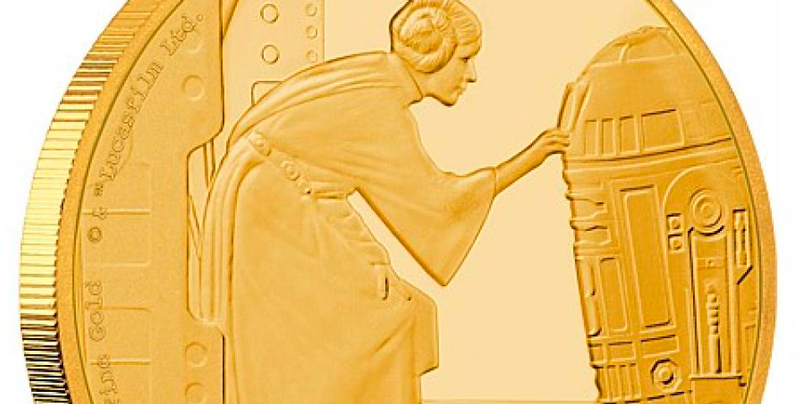Disney’s Finding Dory and collectable coins may not be two things you immediately associate, but as NZ Mint is proving, when you marry up traditional and modern interests you can open up new market channels for your business.
When Simon Harding became involved with NZ Mint four and a half years ago, he saw an opportunity to scale up the business and sell to the world in a very niche space. So how did he turn his vision into reality?
“I refocused the business away from being very dependent on the Russian market and essentially one banking customer, diversified it geographically and expanded into the licenced product space. A seminal moment was getting the worldwide licence for Disney products. We’re the only company in the world that can make Disney commemorative coinage and sell it worldwide. That really opened up the market for us, especially in the US.”
“We’re nimble and fast-moving – whereas many of our competitors have more of a traditional, nationalist focus. Plus, we probably knocked on doors the loudest and longest.”
It seems surprising no one else had done it before.
“We’re nimble and fast-moving,” explains Simon. “Whereas many of our competitors – such as the Royal Mint – have more of a traditional, nationalist focus. Plus, we probably knocked on doors the loudest and longest.
“Securing Disney and making a success of it gave us a high level of credibility for other licenced brands. We’ve subsequently worked with the likes of the BBC on Dr Who and Sherlock, and with Lucas Films on Star Wars.”
This involved minting gold and silver coins with colour images from the TV shows and films. The effect is quite stunning, and it’s all legal tender.
Simon explains that in order for a coin to actually be a coin, rather than a disc of metal, it needs to be legal tender. NZ Mint has a close relationship with some Pacific Islands – mainly Niue – where they allow the company, on a royalty basis, to produce legal tender coins.
“Because Niue is a Commonwealth country, its coins bear the Queen’s head, just like New Zealand coins. So it’s a unique proposition we have. We’re proud of our relationship with Niue.
The typical coin collector traditionally tends to be middle aged white men, says Simon, and they’re declining in number. “But we’ve created a gifting category which has increased the breadth of the market.
“It’s a different sort of person who will, for example, buy a Disney Christmas coin that comes in a star you can hang on your tree. Whereas a completely different category of person would buy, say, a coin commemorating a royal birth or anniversary.
“We also cater for fans of, for example, Star Wars and Disney’s Frozen, who wouldn’t normally buy coins. It’s all about moving into new channels and new markets.”
Ninety-nine percent of product goes offshore, he says..
“We do international trade shows every year, and through NZTE we’ve actively engaged with distribution channel partners, especially in China – which has been a huge success story. We’ve taken China from a zero market three years ago to a multi-million dollar market today.
“We adapt our business model too. Most of our large run stuff we’ll produce in-market for market. So we may manufacture in Germany and sell that order into Russia.”
Among NZ Mint’s largest customers are the Royal Canadian Mint and the Perth Mint.
“They will buy and sell our products because we can do it better, faster and with a broader range. We’re less constrained by Government policy than our state owned competitors,” explains Simon. “So we use our competitors as a distribution and manufacturing channel.”
NZ Mint exports to 30 markets, including Eastern Europe and the US.
Surprisingly, although NZ Mint was in the large company category (over $50 million turnover) at the NZ International Business Awards, where it won an award for marketing, it only has 19 employees.
“We enjoy being the mouse that roars,” laughs Simon.




